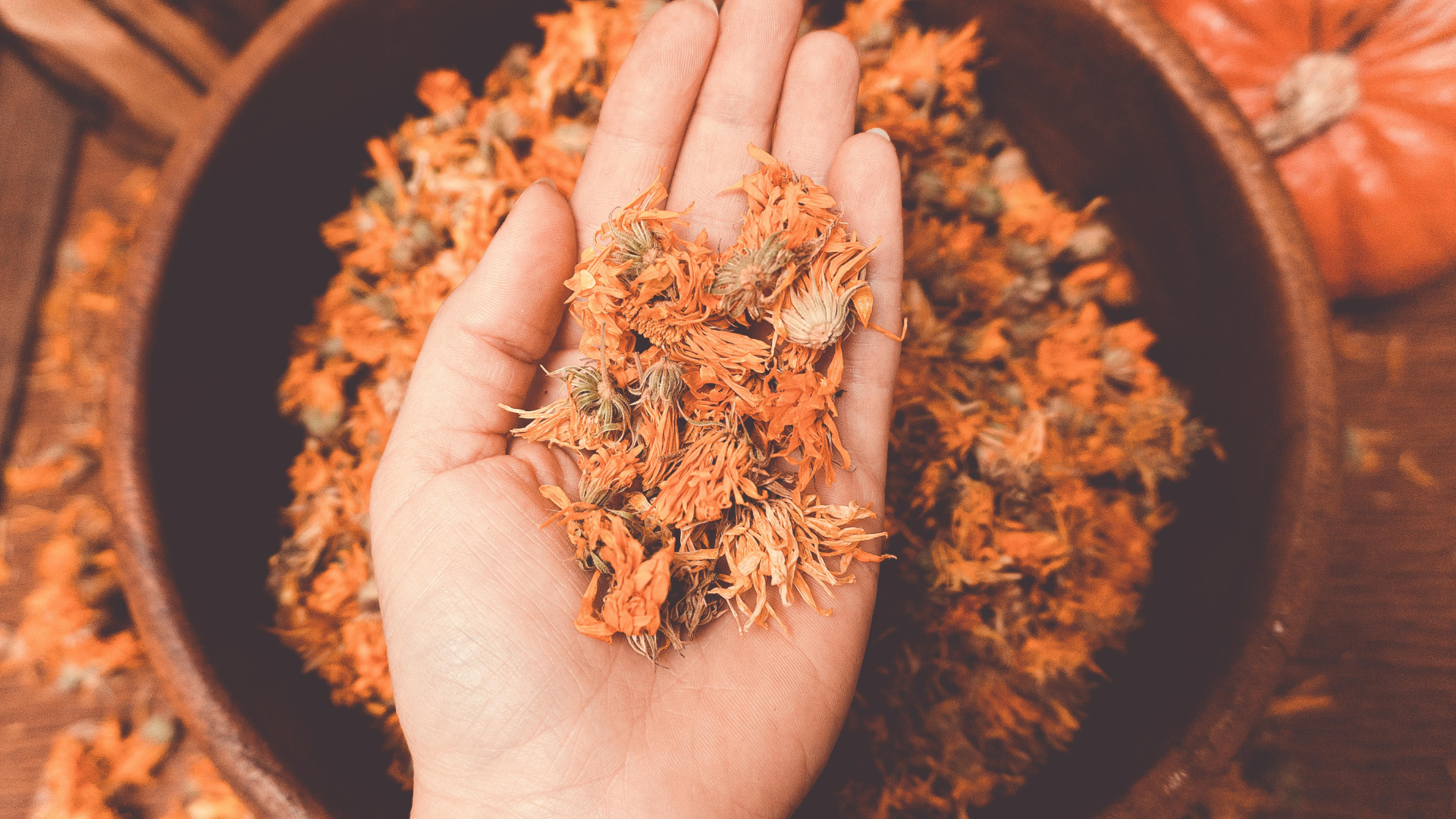Ayurvedic Tips for Healthy Eyes and Vision Care
Feb 17, 2025
Ayurvedic Tips for Healthy Eyes and Vision Care
Our eyes are not just the windows to our soul but also essential tools for navigating the world around us. With the rise in screen time and exposure to environmental pollutants, eye strain, dry eyes, and vision problems are becoming increasingly common. Ayurveda, the ancient Indian science of holistic healing, offers a natural approach to maintaining healthy eyes and enhancing vision. According to Ayurveda, the health of our eyes is closely related to the balance of the doshas—Vata, Pitta, and Kapha—and the overall harmony within our body.
In this blog, we’ll explore Ayurvedic tips for healthy eyes and vision care, including lifestyle changes, herbal remedies, dietary suggestions, and daily eye care practices that help protect and nurture your vision naturally.
1. Understanding Eye Health in Ayurveda
In Ayurveda, eye health is primarily governed by the Pitta dosha, which is associated with heat, light, and transformation. Specifically, a sub-dosha called Alochaka Pitta controls vision and eye function. An imbalance in Pitta, often caused by stress, overexposure to screens, or heat, can lead to eye problems like dryness, redness, inflammation, or even vision loss. Vata and Kapha doshas also play a role, with Vata causing dryness and Kapha leading to congestion and heaviness around the eyes.
The goal in Ayurvedic eye care is to maintain a healthy balance of these doshas through diet, lifestyle, and specific remedies that support optimal vision and protect the eyes from strain and damage.
2. Ayurvedic Diet for Healthy Eyes
A well-balanced diet is key to maintaining healthy vision and preventing eye disorders. In Ayurveda, certain foods and nutrients are recommended to nourish the eyes and keep them functioning optimally.
Pitta-Pacifying Foods for Eye Health
Since Pitta governs the eyes, eating a Pitta-balancing diet can help keep eye inflammation and heat-related issues at bay.
-
Cooling foods: Cucumber, melons, coconut, leafy greens, and zucchini are excellent for cooling down excess Pitta in the body, helping to reduce inflammation and heat in the eyes.
-
Carrots and leafy greens: Carrots, spinach, kale, and other leafy greens are rich in beta-carotene and lutein, which are essential for maintaining healthy eyesight and preventing age-related vision problems.
-
Amla (Indian gooseberry): Amla is one of the best Ayurvedic remedies for eye health. Rich in vitamin C and antioxidants, it helps nourish and strengthen the eyes. You can consume it in juice or powder form.
-
Ghee (Clarified Butter): Ghee is highly regarded in Ayurveda for its ability to improve digestion and nourish the tissues of the body, including the eyes. Consuming a small amount of ghee regularly can help maintain good vision.
Avoid Heating and Aggravating Foods
Excess spicy, salty, and fried foods can aggravate Pitta and cause inflammation in the eyes. It’s best to limit these foods and instead focus on a diet that’s hydrating, cooling, and rich in essential nutrients for eye health.
3. Ayurvedic Herbal Remedies for Vision Care
Ayurveda offers a variety of herbal remedies that help strengthen vision, reduce eye strain, and improve overall eye health. These herbs can be consumed internally or applied externally as part of your daily eye care routine.
Triphala for Eye Health
Triphala, a combination of three fruits (Amla, Haritaki, and Bibhitaki), is one of Ayurveda’s most trusted remedies for eye health. It helps cleanse and nourish the eyes, improve vision, and reduce eye strain.
-
How to Use: Triphala can be taken as a supplement or tea. You can also make a Triphala eye wash by steeping Triphala powder in water, straining it, and using it as a gentle eye rinse to cleanse the eyes and soothe irritation.
Rose Water for Cooling the Eyes
Rose water is highly cooling and soothing for the eyes, especially if they are irritated or inflamed due to heat or screen exposure.
-
How to Use: Apply 2-3 drops of rose hydrosol into an eye cup filled with room temperature water and then bath each eye for 30 seconds to 1 minute, blinking as needed and then discard water and do other eye. Alternately, you can dip two small cotton ball into a small dish of water with a few drops of rose water in it, and then place the cotton pads over your closed eyes for 5 minutes or until the coolness from the pads goes away. If this burns your eyes you can ad a grain or two or table salt to the water so that the water is closer to your body's own saline solution. Be sure to use table salt, not mineral salt as it contains minerals which could scratch your eyes..
Brahmi for Mental Clarity and Eye Health
Brahmi is an Ayurvedic herb known for its ability to improve cognitive function and vision by nourishing the nervous system and the eyes.
-
How to Use: Brahmi can be consumed as a tea, powder, or supplement to support both mental clarity and eye health.
4. Special Ayurvedic Eye Care Practices
Incorporating specific Ayurvedic practices into your daily routine can help protect your eyes from strain, prevent dryness, and promote overall eye health.
Netra Tarpana (Eye Bath)
Netra Tarpana is an Ayurvedic treatment that nourishes and rejuvenates the eyes by bathing them in warm ghee. This treatment is ideal for relieving eye strain, dryness, and inflammation.
-
How to Perform Netra Tarpana: place melted ghee into an eye cup and be sure ghee is warm not hot and totally liquid and then place over one eye and lean back and slowly open your eye while cupping the other eye. Breathe, Open, close eye and do gentle eye yoga while bathing eye in ghee one eye at a time for up to 5 minutes per eye. This practice is usually performed by an Ayurvedic practitioner using a dough dam to hold the ghee, but you can perform it this way easily for yourself at home. Be sure to follow with an eye vacation for the rest of the day by avoiding, straining, and bright lights, smart devices, etc.
Palming for Eye Relaxation
Palming is a simple and effective technique that helps relieve eye strain, especially after long hours of screen time. It helps calm the nervous system and relaxes the muscles around the eyes.
-
How to Practice Palming: Rub your hands together until they become warm, then gently place your palms over your closed eyes without applying pressure. Rest in this position for 2-3 minutes, focusing on your breath and allowing your eyes to relax.
Trataka (Candle Gazing)
Trataka is an Ayurvedic eye exercise that helps improve focus, concentration, and vision by strengthening the eye muscles and clearing mental distractions.
-
How to Practice Trataka: Sit comfortably in a dimly lit room and place a candle at eye level about 2-3 feet in front of you. Focus your gaze on the flame without blinking for as long as possible. When your eyes feel tired, close them and focus on the afterimage in your mind. Repeat this practice for 5-10 minutes daily to strengthen your eyes and improve mental clarity.
Splashing Eyes with Cool Water
Splashing your eyes with cool, clean water in the morning and throughout the day helps cleanse and refresh the eyes. This simple practice can reduce eye strain, especially after prolonged screen use.
-
How to Perform: Fill a bowl with cool water and splash it over your closed eyes several times, allowing your eyes to feel refreshed and rehydrated.
5. Pranayama and Yoga for Eye Health
Yoga and breathing exercises, or Pranayama, are powerful tools for improving eye health and reducing strain. Certain yoga poses help increase blood flow to the eyes, while pranayama enhances oxygen supply, reducing fatigue and improving overall eye function.
Nadi Shodhana (Alternate Nostril Breathing)
Nadi Shodhana helps balance the flow of energy in the body, calm the mind, and reduce stress on the eyes.
-
How to Practice: Sit comfortably and close your right nostril with your thumb. Inhale deeply through the left nostril, then close the left nostril and exhale through the right. Alternate sides for 5-10 minutes to relax and rejuvenate the eyes.
Yoga Poses for Eye Health
Certain yoga poses, especially those that improve circulation to the head and face, can help promote healthy eyes.
-
Child’s Pose (Balasana): This gentle forward bend helps reduce stress and tension in the head and eyes.
-
Shoulder Stand (Sarvangasana): This inversion promotes blood flow to the head and eyes, improving eye health.
-
Fish Pose (Matsyasana): This heart-opening pose helps increase circulation and oxygen flow to the face and eyes.





